Reporter: Sir, it is known that the 15-year in-depth research project (2011-2025) on the Thang Long Imperial Citadel - a World Cultural Heritage of Vietnam is a particularly important scientific task. Could you share specific information about this project?
Associate Professor, Dr. Bui Minh Tri : The Thang Long Imperial Citadel relic site is an extremely important part of the Thang Long Capital, the country's major political , economic and cultural center through many dynasties, with traces of palace architecture, towers and millions of archaeological relics discovered through large-scale historical excavations from 2002-2009 at 18 Hoang Dieu and the National Assembly building area.
This discovery has vividly demonstrated the glorious history of Thang Long Citadel more than a thousand years ago, from the Ly, Tran, Le So, Mac and Le Trung Hung dynasties, creating the continuity of cultural tradition and a solid foundation for UNESCO to honor it as a World Cultural Heritage in 2010.
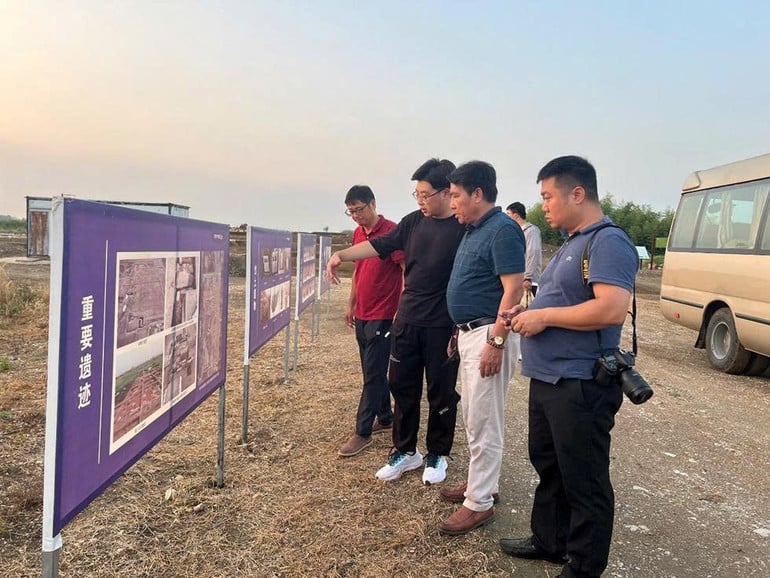
Associate Professor, Dr. Bui Minh Tri (second from right) and a delegation from the Institute of Imperial Citadel Studies went on a field trip to the Thang Long Imperial Citadel relic site.
From this historical discovery, the organization and implementation of the Project "Research, editing, evaluating the value and establishing a scientific profile of the Thang Long Imperial Citadel Relic Site" is considered a political and scientific task of special importance, directly assigned by the Prime Minister to the Vietnam Academy of Social Sciences to preside over and the Institute of Imperial Citadel Research (now merged into the Institute of Archaeology) is the implementing unit to decode, evaluate the value and establish a scientific profile for the relic site after the completion of archaeological excavations.

Reporter: The results of the Project after 14 years of research are considered to be of great importance not only in terms of science but also in terms of key historical, political and social significance. How do you evaluate the results achieved and the role of the Imperial Citadel Research Institute in this Project?
Associate Professor, Dr. Bui Minh Tri : Over the past 14 years, the Institute of Imperial Citadel Studies has been assigned to preside over and implement the above Project and has completed an extremely large amount of work. This is a research journey full of enthusiasm and responsibility, bringing about great scientific achievements and historical significance in the research on Thang Long Citadel.
The most outstanding and important achievement is the decoding of the underground mysteries of Thang Long Imperial Citadel, creating a solid foundation for the restoration and promotion of heritage. In particular, scientists have researched and clarified the mysteries of the "Soul" Palace Architecture of Thang Long Capital after thousands of years of loss, clarifying the architectural form of the palaces of the Ly and Tran dynasties and the Kinh Thien Palace of the early Le Dynasty. In addition, the results of research, classification and correction of relics have deepened the life of Thang Long Imperial Citadel through the study of utensils and objects, especially royal ceramics, and at the same time revealed the role of Thang Long in international trade and diplomacy through foreign ceramics.
These research results have continued to demonstrate the glorious history of Thang Long capital and clarified and deepened the outstanding global value of the Thang Long Imperial Citadel Heritage Site.
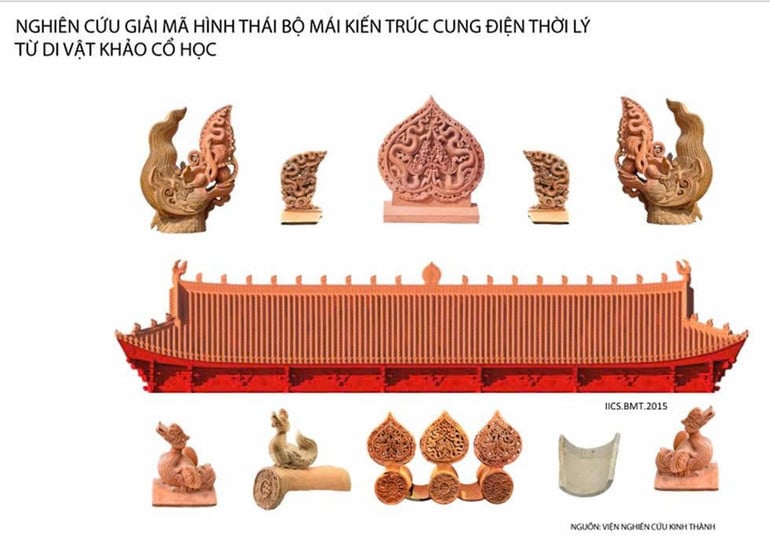
Reporter: What results did this workshop achieve and what important research issues did it raise in the coming period, sir?
Associate Professor, Dr. Bui Minh Tri : This international scientific conference is both a summary of the research achievements of the Project that the Imperial Citadel Research Institute has worked hard to implement over the past 14 years, and at the same time raises strategic issues that require continued investment in research on many scientific issues about Thang Long Imperial Citadel in the coming period.
With 15/32 papers presented and many opinions exchanged, the Workshop analyzed and clarified groups of issues related to the research, decoding and evaluating the value of Vietnamese palace architecture in Thang Long Imperial Palace in the context of ancient East Asian palace architecture (with interpretations, comparisons, positioning of Thang Long architectural values and proposed restoration solutions); Life of Thang Long Imperial Palace in history through documents and archaeological relics (going into details of material and spiritual life and socio-cultural factors); History of economic and cultural exchange between Thang Long capital and ancient capitals in Asia (clarifying the central role of Thang Long in the regional trade network).
These are groups of issues of in-depth academic nature and are discussed continuously by domestic and international experts and scientists for 1 day. We expect that these exchanges will truly become important scientific bases, effectively supporting the practical work of decoding, restoring/reviving ancient capitals based on historical and archaeological documents in East Asia.
However, the promotion of research achievements on Thang Long Imperial Citadel is still facing many challenges. Because after more than 20 years of discovery, Thang Long Imperial Citadel is still an archaeological site with most of its traces located underground, in a bustling urban area. This creates a double challenge: How to preserve the original state of valuable relics, and at the same time effectively interpret, reproduce, restore and promote their value, making scientific research results the foundation for gradually "reviving" the heritage, becoming a resource for developing the heritage economy.
With the presented interpretations, we expect to create breakthroughs in research, heritage restoration/recovery, building heritage databases, making appropriate investments in publishing research results... We believe that the results of the Workshop will open up new prospects in heritage research and conservation, continuing to affirm and spread the position of Thang Long Imperial Citadel on the world cultural heritage map.
Source: https://nhandan.vn/giai-ma-bi-an-hoang-thanh-thang-long-tu-di-tich-duoi-long-dat-den-di-san-mang-tam-voc-toan-cau-post921608.html






![[Photo] Cutting hills to make way for people to travel on route 14E that suffered landslides](https://vphoto.vietnam.vn/thumb/1200x675/vietnam/resource/IMAGE/2025/11/08/1762599969318_ndo_br_thiet-ke-chua-co-ten-2025-11-08t154639923-png.webp)



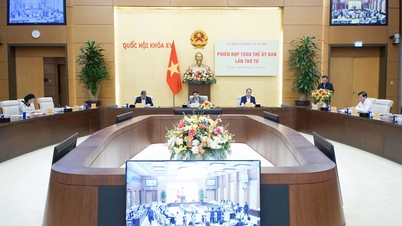



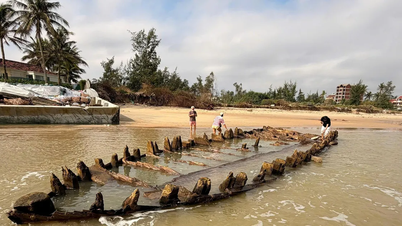

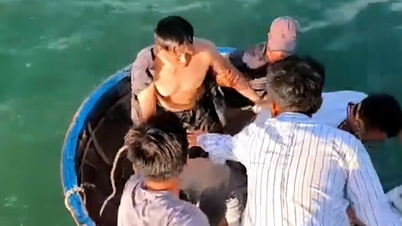

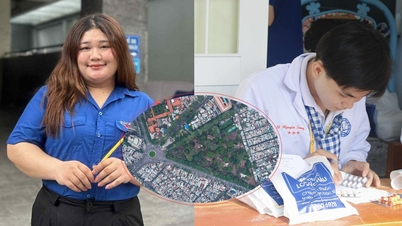







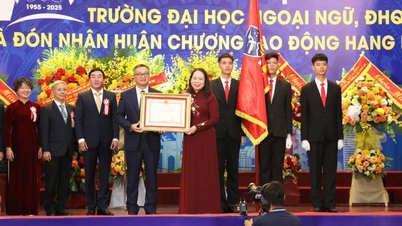
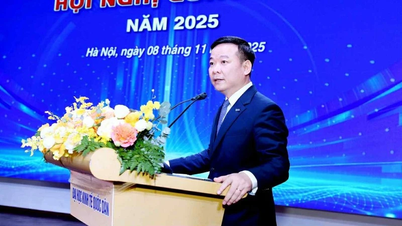

![[Photo] Cutting hills to make way for people to travel on route 14E that suffered landslides](https://vphoto.vietnam.vn/thumb/402x226/vietnam/resource/IMAGE/2025/11/08/1762599969318_ndo_br_thiet-ke-chua-co-ten-2025-11-08t154639923-png.webp)
![[Photo] "Ship graveyard" on Xuan Dai Bay](https://vphoto.vietnam.vn/thumb/1200x675/vietnam/resource/IMAGE/2025/11/08/1762577162805_ndo_br_tb5-jpg.webp)







![[Video] Hue Monuments reopen to welcome visitors](https://vphoto.vietnam.vn/thumb/402x226/vietnam/resource/IMAGE/2025/11/05/1762301089171_dung01-05-43-09still013-jpg.webp)



























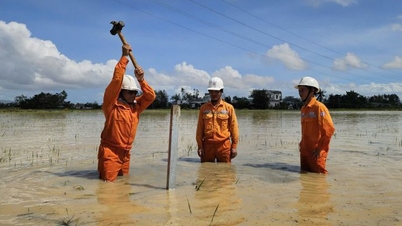


















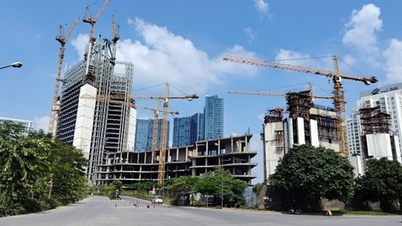
















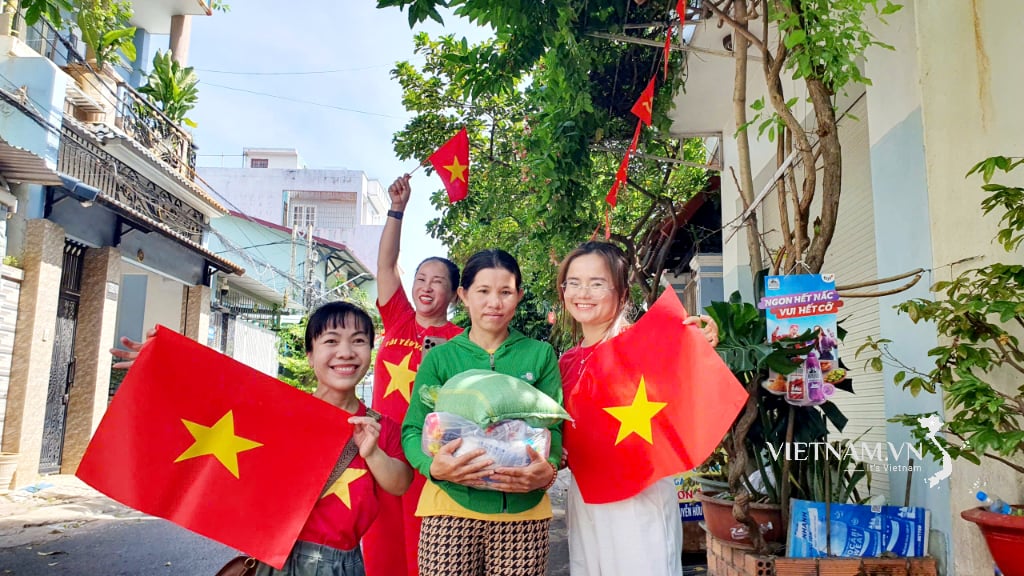
Comment (0)